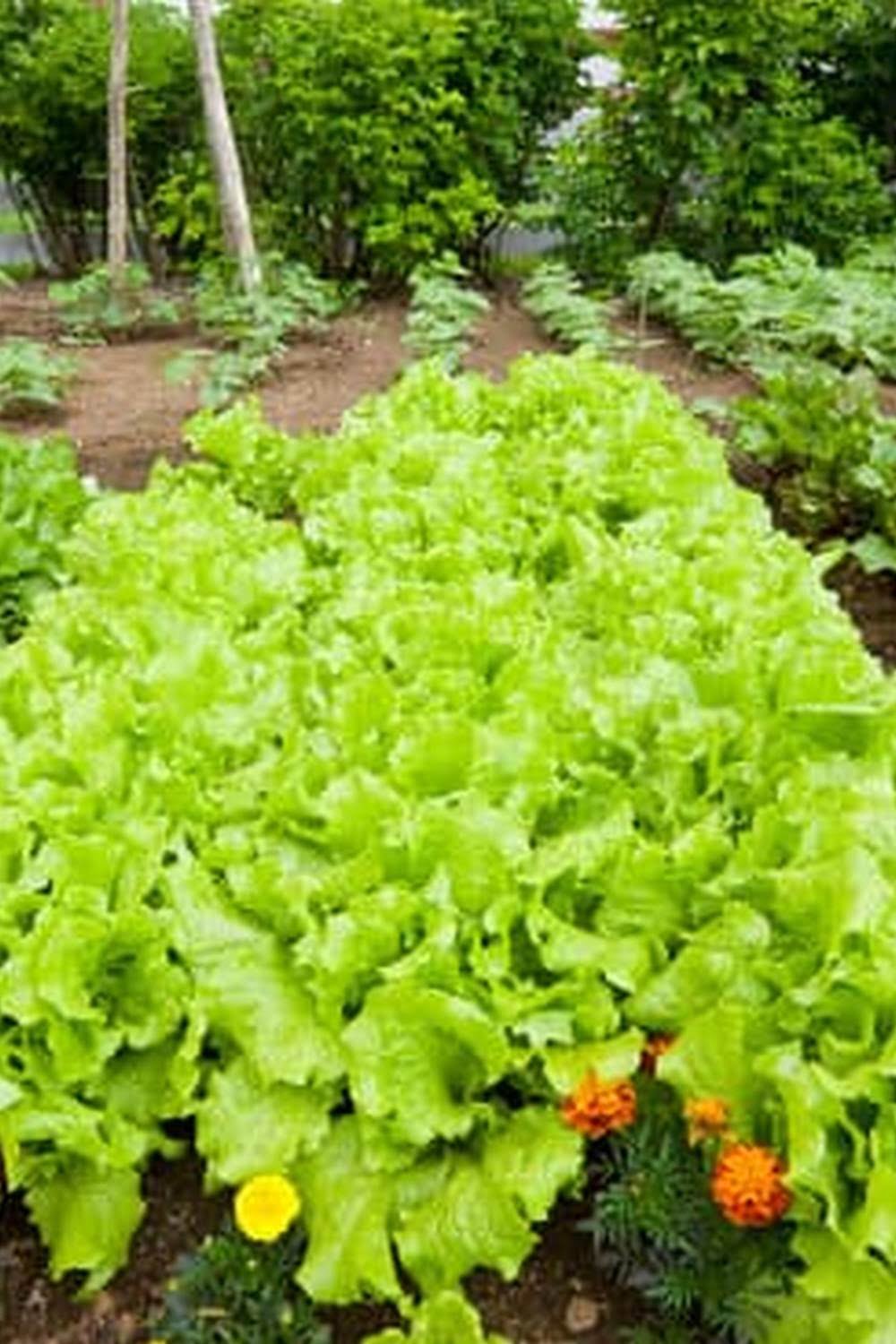Best Way To Irrigate A Raised Bed Vegetable Garden
A raised bed vegetable garden is the perfect way to get the most out of your produce. By using a raised bed, you can control the quality of the soil, the amount of water and fertilizer that the plants receive, and the amount of pests and diseases that are present.
To irrigate a raised bed vegetable garden, you will need to purchase a soaker hose or drip irrigation system. Soaker hoses are made of porous material that allows water to slowly seep out and drip directly onto the roots of the plants. Drip irrigation systems work in a similar way, but they have a series of small tubes that run from the faucet to the garden. The water is released slowly through these tubes, providing the plants with the water they need.
When irrigating a raised bed vegetable garden, it is important to keep in mind that the plants need only a small amount of water at a time. Overwatering can damage the plants and can also lead to the growth of harmful bacteria and fungi. It is best to water the garden in the morning, so that the plants have time to dry off before nightfall.
Building A Raised Bed Vegetable Garden The Easy Way
A vegetable garden is a great way to get fresh, nutritious produce right from your own backyard. But if your yard is small, or if you don’t have much of a yard at all, you may think that a vegetable garden is out of reach.
But it’s not! You can easily build a raised bed vegetable garden that takes up very little space and doesn’t require any digging or heavy lifting.
Here’s how:
1. Choose a location for your raised bed. The best spot is one that gets full sun exposure for most of the day.
2. Purchase some lumber at your local hardware store. You’ll need enough lumber to build a box that is 4 feet wide, 4 feet long, and 12-18 inches high.
3. Cut the lumber to size and assemble the box using screws or nails.
4. Fill the box with soil. You can either purchase soil from a garden center, or you can make your own by mixing compost, manure, and sand together in equal parts.
5. Plant your vegetables! Be sure to read up on what types of vegetables grow best in your region.
That’s it! Your raised bed vegetable garden is now ready for planting. Enjoy fresh, homegrown vegetables all summer long!
Stone Raised Vegetable Garden Beds
Stone raised vegetable garden beds are an attractive and efficient way to garden. They are easy to build and can be made any size you wish. The stone walls hold the soil in place and help to keep it warm in the winter and cool in the summer.
To build a stone raised garden bed, you will need:
– A level area of ground
– Stone (enough to build the walls of your bed)
– Shovel
– Hammer
– Chisel
– Level
– Tape measure
1. Decide on the size of your bed. It can be any size you like, but it is easiest to work with a square or rectangle.
2. Using a shovel, level the ground where you will be building your bed.
3. Starting at one corner, begin to stack the stones one on top of the other to form the wall of your bed. Make sure the stones are level as you go. You may want to use a level to help you.
4. When you reach the end of one wall, start stacking stones on the other side of the bed. Again, make sure the stones are level.
5. Once the walls of your bed are built, use a chisel and hammer to trim and smooth the edges of the stones.
6. Finally, use a level to make sure the bed is level.
Your stone raised vegetable garden bed is now ready to use!
Building Raised Vegetable Garden Beds Plans
There are many reasons to build a raised vegetable garden bed. Perhaps you have poor soil or no yard at all. Maybe you want to garden organically and need to avoid chemical fertilizers and pesticides. Or you may simply want to create a more efficient way to garden.
Whatever your reason, there are a few important things to keep in mind when building your raised vegetable garden bed.
The first decision you need to make is the size of your bed. This will depend on the amount of space you have available and the amount of vegetables you want to grow. A general rule of thumb is to make the bed at least 4 feet wide, so you can reach the center from either side.
The next decision is the height of the bed. This will depend on your needs and on the type of vegetables you plan to grow. For example, root vegetables like carrots and beets do well in raised beds that are 12-18 inches high, while leafy vegetables like lettuce do well in beds that are only 6-8 inches high.
Once you’ve decided on the size and height of your bed, it’s time to start building. The easiest way to do this is by using cinder blocks or wooden boards.
Start by laying the blocks or boards on the ground in the desired shape of your bed. Then, using a level, make sure the surface is even before securing them in place with mortar or screws.
Once the frame is in place, it’s time to fill it with soil. You can either buy soil from a garden center or make your own by mixing compost, manure, and soil. Be sure to mix in a good amount of organic matter to help improve the soil’s quality and drainage.
Then, simply plant your vegetables and enjoy your bountiful harvest!
How Deep Should A Raised Vegetable Garden Bed Be
?
When it comes to vegetable gardening, one of the most important decisions you’ll make is how deep to make your garden bed. The depth of your bed will determine how much space you’ll have to grow plants, and how much soil you’ll need to fill it. So, how deep should a raised vegetable garden bed be?
There’s no one definitive answer to this question. The depth of your bed will depend on the type of vegetables you want to grow, the type of soil you have, and your own personal preferences. However, a good general rule of thumb is to make your garden bed at least 12 inches deep.
If you’re planning to grow vegetables that need a lot of space, like squash or tomatoes, you’ll need a deeper bed. On the other hand, if you’re growing plants that don’t need as much space, like lettuce or radishes, a 12-inch bed will be fine.
When it comes to the type of soil you have, it’s important to remember that not all soils are created equal. Some soils are sandy and don’t hold water very well, while others are clayey and can be difficult to work with. If you have a sandy soil, you’ll need to make your garden bed a little deeper to make up for the lack of moisture. If you have a clayey soil, you’ll need to make your bed shallower so the soil doesn’t become waterlogged.
Your own personal preferences should also be taken into account when deciding how deep to make your garden bed. If you’re not comfortable working with deep soil, make your bed shallower. If you’re looking for a challenging gardening project, make your bed deeper.
In general, a 12-inch bed is a good depth for most raised vegetable gardens. However, you may need to adjust the depth depending on the type of vegetables you’re growing and the type of soil you have.

If you’re looking to get into vegetable gardening, or are just looking for some tips on how to make your current garden better, then you’ve come to the right place! My name is Ethel and I have been gardening for years. In this blog, I’m going to share with you some of my best tips on how to create a successful vegetable garden.





